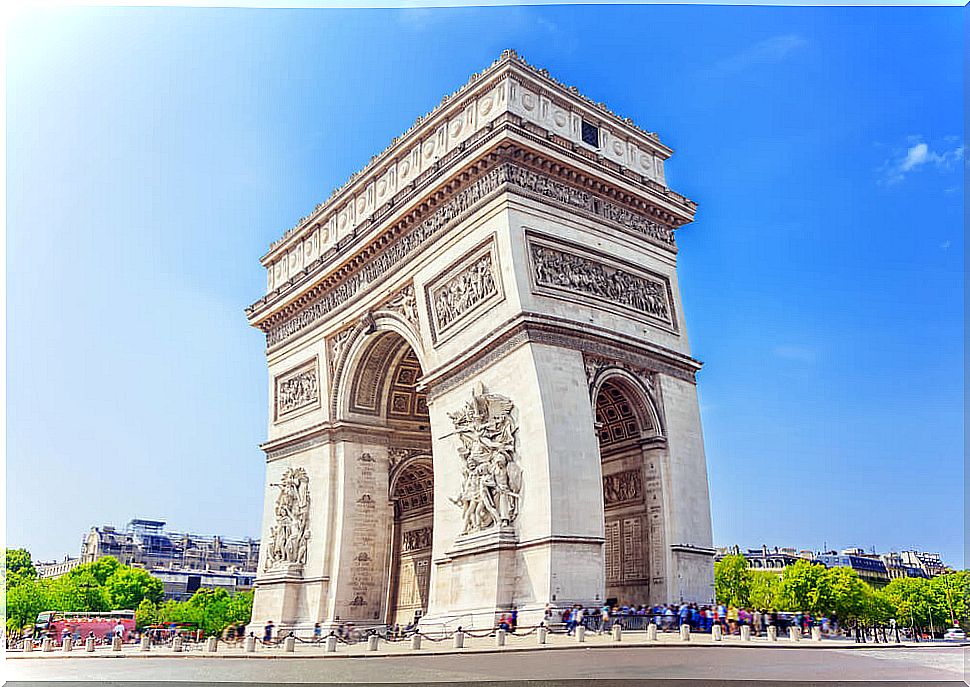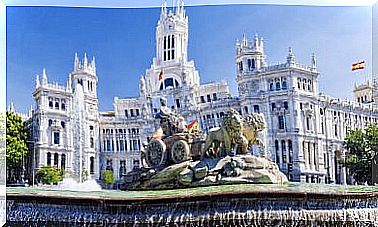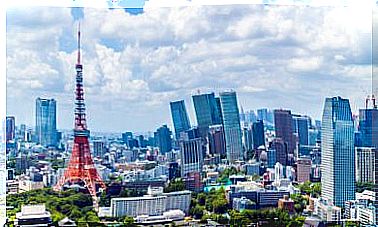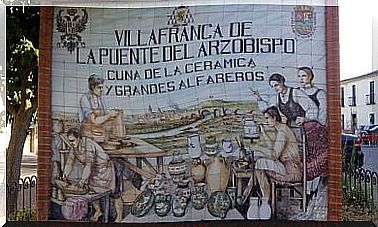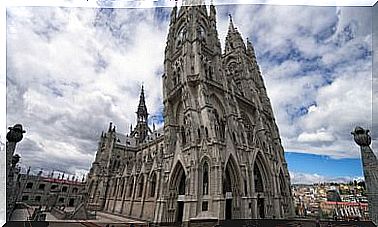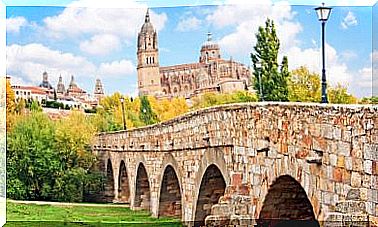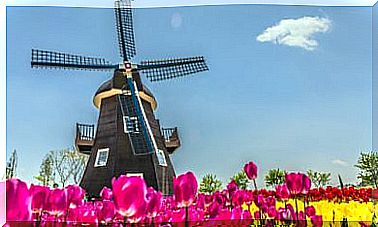The Center Pompidou In Paris And Its Main Works
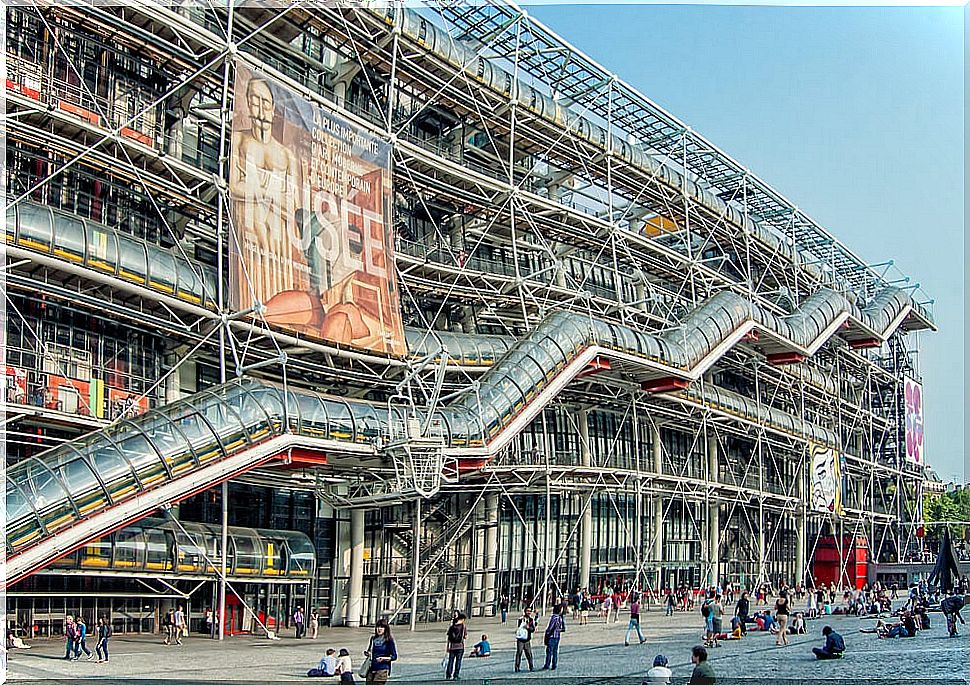
If you are passionate about modern and contemporary art, one of the museums that you should not forget if you are in Paris is the Georges Pompidou National Center of Art and Culture. It is one of the most visited places in France. Its collection houses some of the most famous works by artists such as Picasso and Pollock. Would you like to discover its secrets?
Significant facts about the Center Pompidou
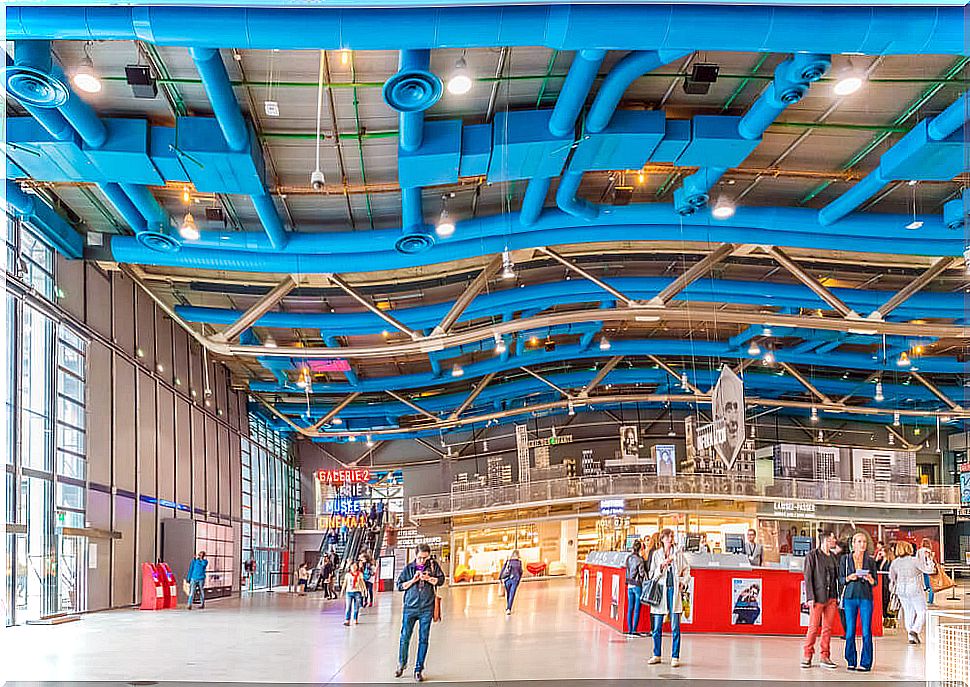
This building is located on Place George-Pompidou and is a true example of architectural innovation. It was designed in the 1970s by Renzo Piano and Richard Rogers, but its structure was not without controversy at first.
The particular physiognomy of this construction has become an icon of high-tech architecture and is known to Parisians as ‘the gas factory’. The large public square in which it is located is also used as a space for downtown activities.
The interior of the Pompidou Center, on the other hand, is completely open-plan and was imagined as an empty container to store anything. In this way, its rational style is accentuated, in addition to natural light entering thanks to the glazing.
Opened in 1977, the center houses the IRCAM (a music research center), a public library and the National Museum of Modern Art. The latter houses around 100,000 works and is one of the most important modern and contemporary collections in the world.
In the museum you can admire works by artists of the stature of Modigliani, Bacon, Matisse or Man Ray. If his art attracts you, join us, we are going to take a tour of the creations that you cannot miss.
The jewels of the Center Pompidou
The museum is open every day from 11:00 to 22:00, except Tuesdays, with a general rate of 14 euros. Also, on the first Sunday of each month, a free guided tour is offered with limited capacity at 4:00 p.m. The works on display span the 20th and 21st centuries, thus completing the Louvre and Orsay collections.
Double portrait with glass of wine by Marc Chagall (1917)
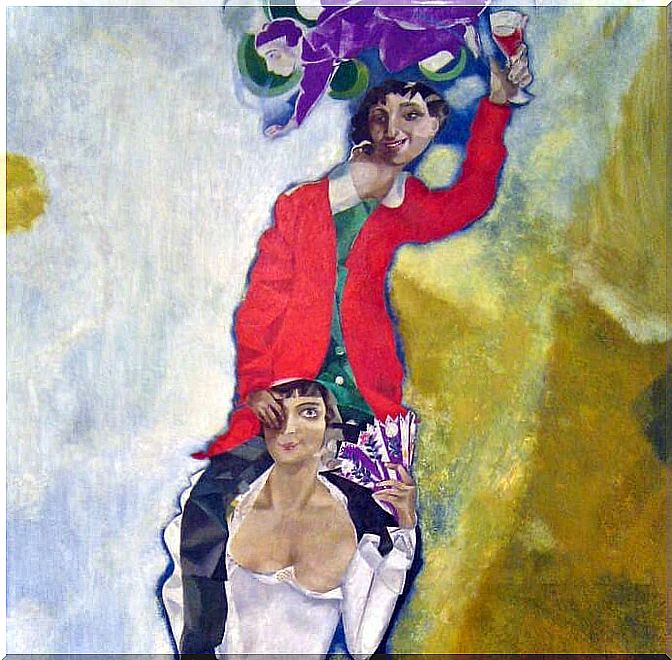
The triumph of love and almost dreamlike joy are the feelings that this colorful canvas gives off, as Chagall painted it to commemorate his wedding to Bella Rosenfeld. In it we can observe a mixture of dream and reality.
In the play we see a groom balancing on the bride’s shoulders. Both characters fly over the city of Vitebsk in a party and celebrating their marriage. Above them appears an angel that refers to the couple’s daughter.
It is a very attractive work to see the evolution in Chagall’s brush. When his beloved dies, his enthusiasm and vivacity will tend to more tragic themes, darker colors. Be sure to see this and other works by the artist at the Pompidou Center.
The Fountain of Marcel Duchamp, one of the icons of the Center Pompidou (1917)
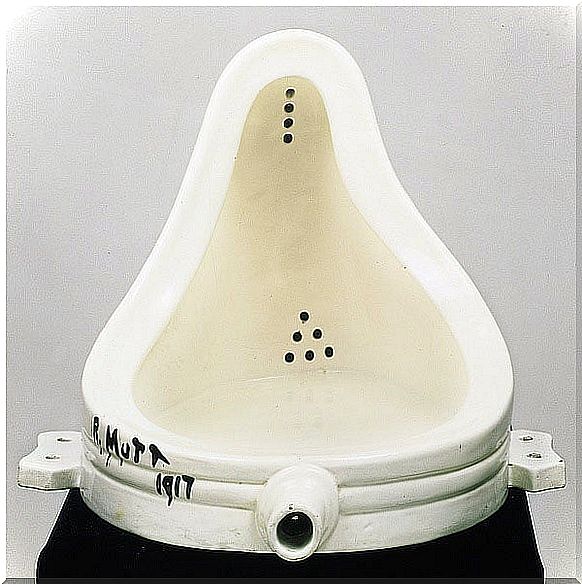
This is a unique opportunity to get to know one of the pieces that forever changed art and the way of perceiving it. In 1917 Duchamp presented a urinal for an exhibition in the New York independent artists’ salon to which he himself belonged.
His intention was to test the fundamental principle of the group: that of not rejecting any work of art. Said urinal is presented upside down, signed by R. Mutt and under the title Fountain. The artist tries to break all established canons with this radical gesture, but the work was rejected and disappeared.
The controversy was already served and the ready-made had just been born. Today we can see at the Center Pompidou a reissue of the original produced in 1964 under the supervision of Duchamp. A milestone in the history of art that is not without controversy regarding its origin.
Harlequin by Pablo Picasso (1923)
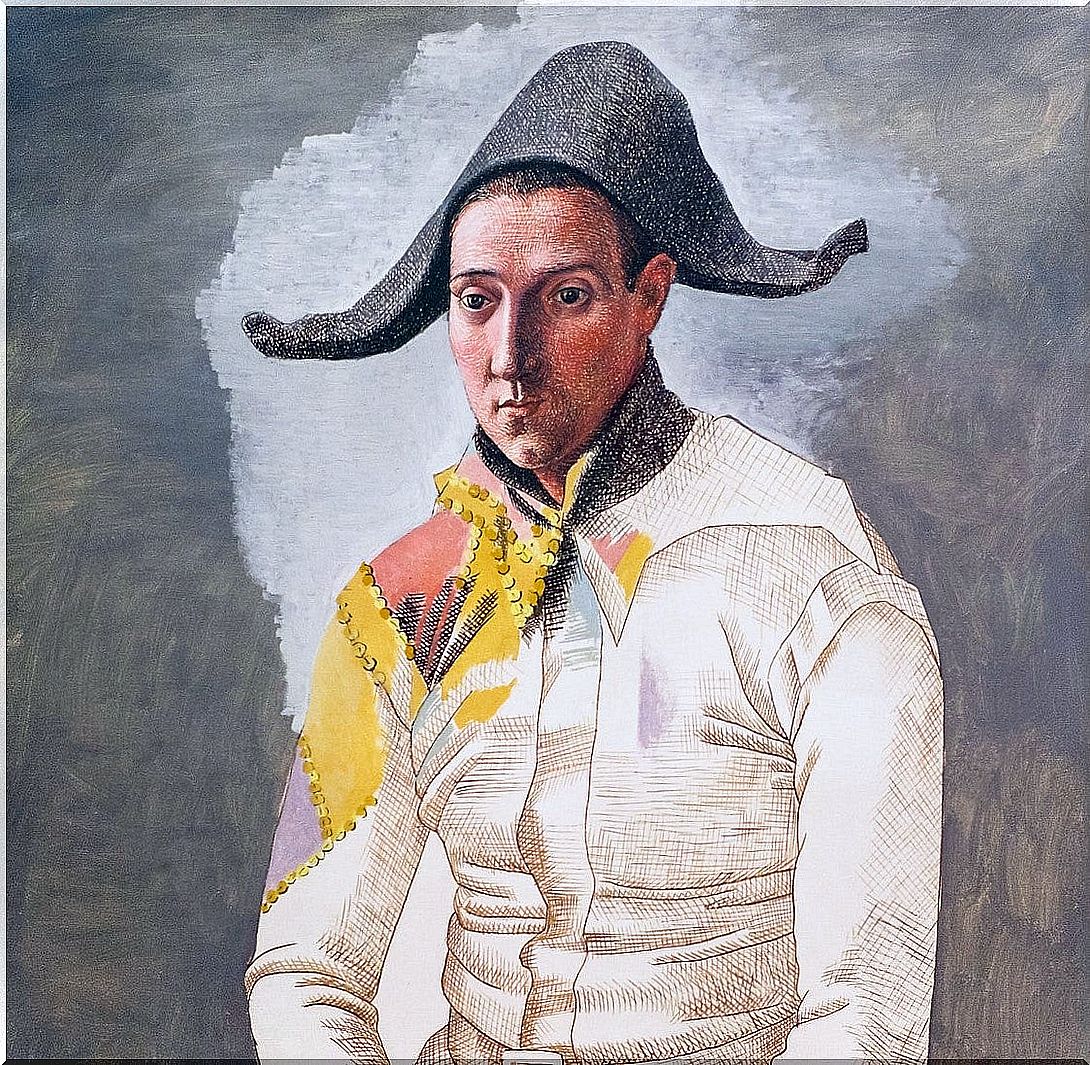
In the Pompidou Center this canvas is preserved in which we can admire the incredible mastery of the Malaga painter for drawing. The figure of the Harlequin is a constant in Picasso’s work. In this case, the face portrayed is that of his friend and artist Joachim Salvado.
The violin of Ingres de Man Ray, one of the beautiful photographs of the Center Pompidou (1924)
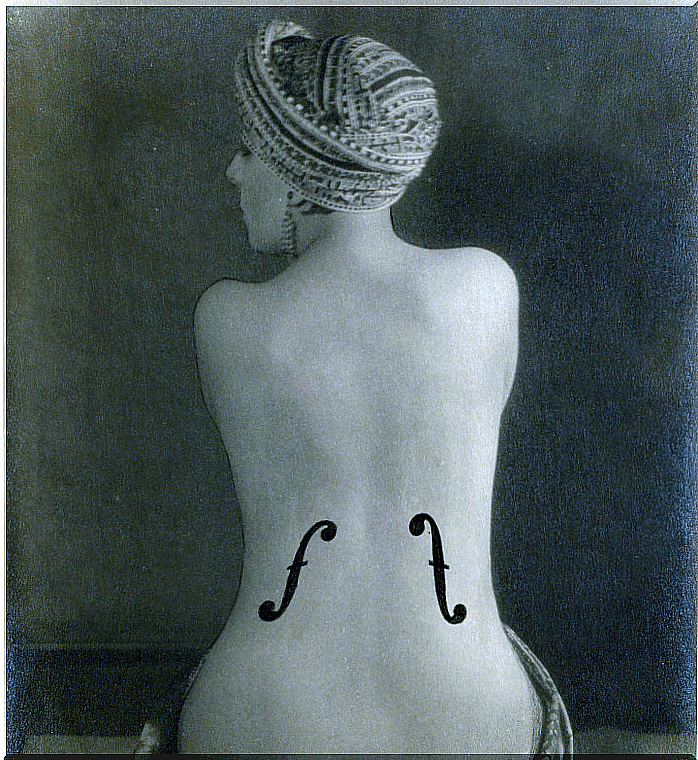
The museum’s photographic collection is one of the most famous in all of Europe. This is an exceptional creation of one of the founders of Dadaism, Man Ray, who spent most of his career in Paris.
Avant-garde photography was the field in which he specialized, presenting us here with a wonderful nude from the back of the eternal muse Kiki de Montparnasse. Man Ray is inspired by the sensuality of Ingres and adds two violin openings to the figure with India ink, creating a great composition.
New York City (New York City I) by Piet Mondrian (1942)
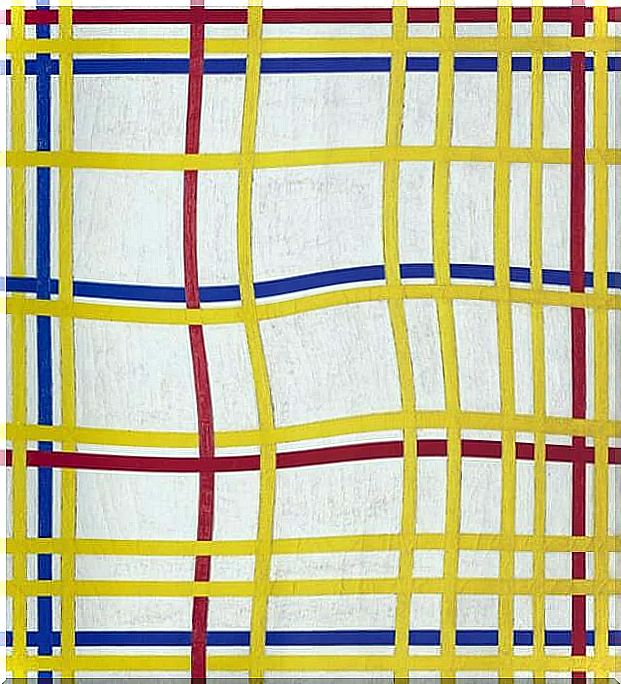
The Dutch avant-garde painter, founder of Neoplasticism, presents one of his fundamental works. The color contrasts in the overlapping paper strips form a grid that helps the dynamic optical effect. It is a vibrant work that conveys the impact of electric lighting and the frenetic pace of New York.
Yves Klein Monochrome Blue (1960)
The French artist is an important figure within the neo-Dada movement, which emerged as a reaction to abstract expressionism. Klein developed hundreds of pieces with this blue as the theme, an essential color with which the painter recalls nature, the sea or the sky. During your visit to the Pompidou you will be able to immerse yourself in this canvas full of sensitivity and meaning.
Untitled (Black, Red on Black on Red) by Mark Rothko (1969)
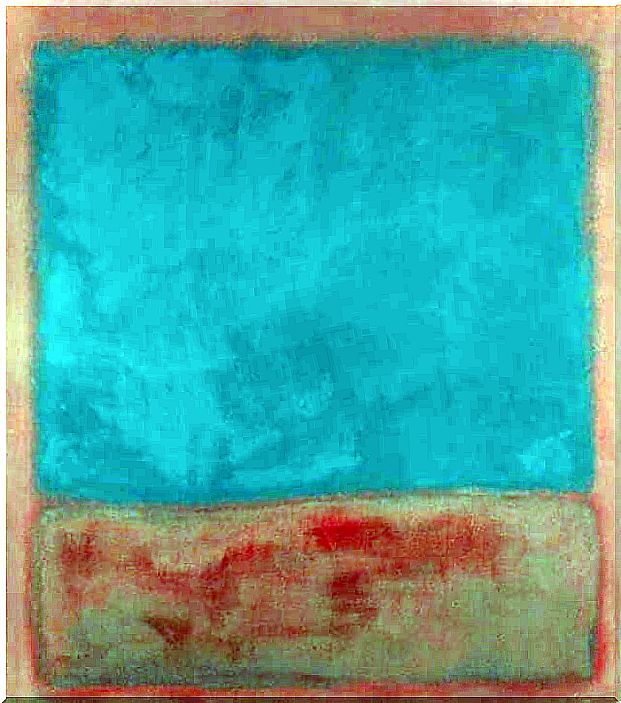
Rothko is a primordial figure for Abstract Expressionism, although he himself refused to fall into any category. His works are usually large-format, as in this case.
Get closer to delve into the contrast that the artist makes between matter, light and color. Rothko always sought to give a religious sense to his pieces, he longs for the viewer to get a mystical experience. The colors emerge one on top of the other, managing to express more complex ideas through a simple composition.
Take the opportunity to lose yourself in this wonderful temple of modern and contemporary art: Brancusi, Salvador Dalí, De Chirico, Warhol or Pollock are just some of the protagonists of the Center Pompidou. A place where design, film, new media and graphic arts go hand in hand.
